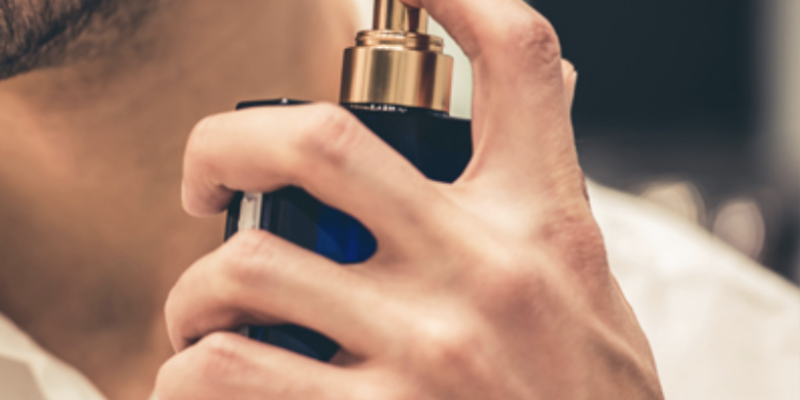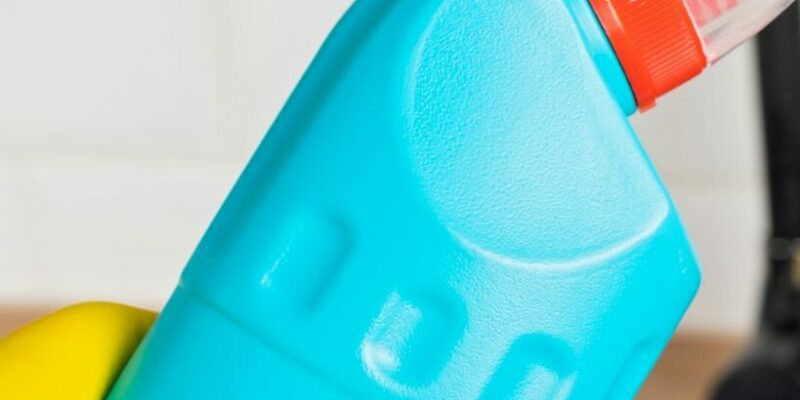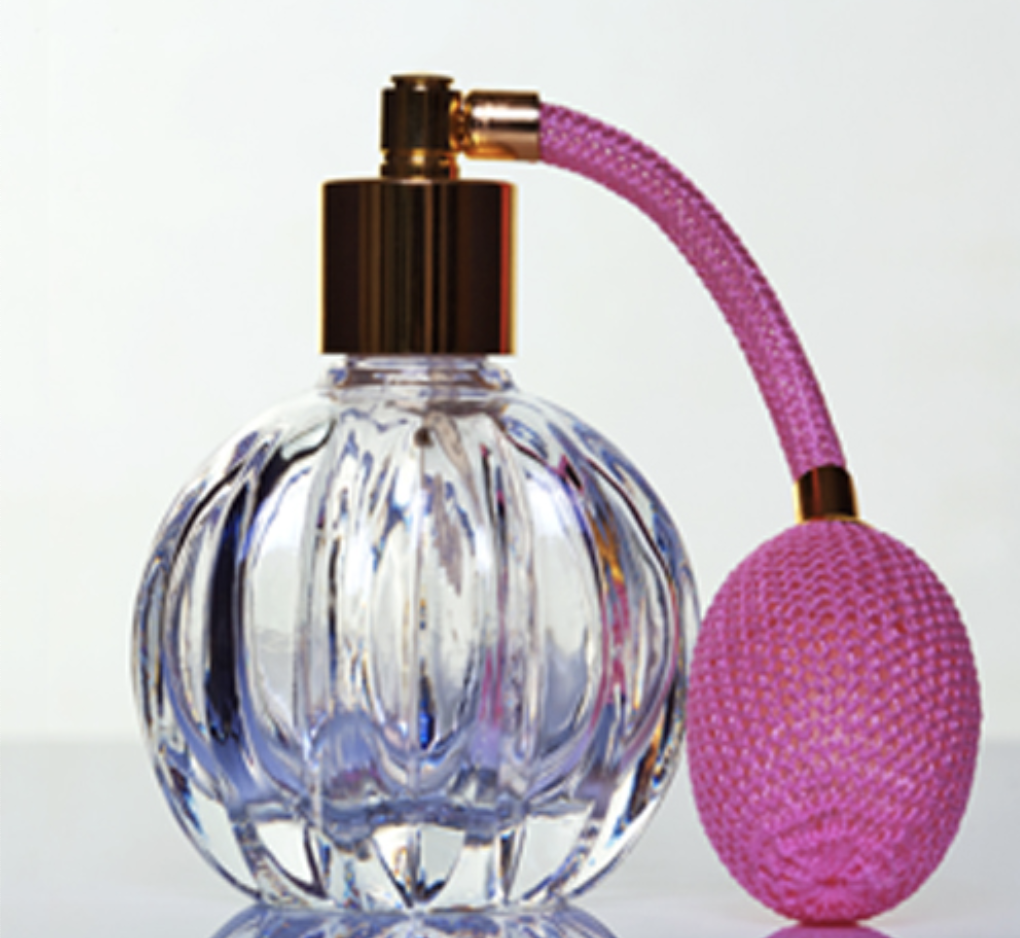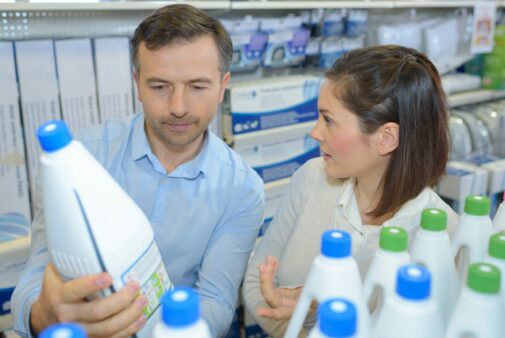Key Points/Overview
Cosmetics like shampoos, shower gels, shaving creams and body lotions contain fragrance to improve the user’s experience.
For many consumers, fragrance is considered to be an important factor in cleaning products such as laundry detergents, fabric softeners, dryer sheets, room fresheners and carpet fresheners.
The Consumer Product Safety Commission regulates consumer products people use in the home, which can include laundry detergents, fabric softeners, dryer sheets, room fresheners and carpet fresheners.
Diethylphthalate (DEP) is a phthalate commonly used in fragrance as a solvent and a fixative. In 2002, the Cosmetic Ingredient Review Expert Panel reaffirmed its original conclusion that DEP was safe to use in cosmetic products.
Uses & Benefits
Fragrances are used in products for a variety of reasons to enhance the user experience. Fragrances can provide a pleasant odor and make the products more recognizable or distinct, as well as help mask the smell of some ingredients.
Some research shows that fragrances can satisfy emotional needs and communicate ideas such as cleanliness, freshness and softness, as well as help to alleviate stress and create well-being.

Fragrances in Cosmetics and Personal Care Products
Fragrance ingredients are commonly used in a range of personal care products. Cosmetics like shampoos, shower gels, shaving creams and body lotions contain fragrance to improve the user’s experience, and maybe even general health. For example, fragranced soap may encourage people to wash their hands, leading to better hygiene. Even products labeled as unscented may contain some fragrance to mask the unpleasant smell of other ingredients.

Fragrances in Cleaning Products
Fragrance is also added to many of the products people use in the home such as laundry detergents, fabric softeners, dryer sheets, room fresheners and carpet fresheners. For many consumers, fragrance is considered to be an important factor in cleaning products.

Safety Information
Fragrance Labeling Requirements
The Federal Food, Drug & Cosmetic Act defines a product as a cosmetic if it is intended to be applied to a person’s body to cleanse it or make the person more attractive. Examples of cosmetic fragrance products include perfume, cologne, aftershave, shampoo, lipstick and skin moisturizers.
The U.S. Food & Drug Administration (FDA) categorizes as drugs fragrance products that are applied to the body for therapeutic use; for example, if the manufacturer claims that the fragrance material helps “ease muscle aches” and “helps you sleep.” While FDA does regulate cosmetics and personal care products, it does not regulate aromatherapy products.
Some scented products are categorized as both a cosmetic and a drug because they have two intended uses. Examples include toothpaste that contains fluoride and makeup that contains sunscreen.
The Consumer Product Safety Commission (CPSC) regulates cleaning and other products people use in the home, such as laundry detergents, fabric softeners, dryer sheets, room fresheners and carpet fresheners.
Under the Fair Packaging and Labeling Act (FPLA), FDA and the Federal Trade Commission (FTC) require an ingredient declaration on consumer goods. The FPLA directs FDA and FTC to issue regulations requiring all consumer goods be labeled to disclose net contents, the identity of the commodity, and the name and place of business of the product’s manufacturer, packer or distributor. FDA administers FPLA for food, drugs, cosmetics and medical devices, and FTC administers FPLA to products that are used in the home.
Ingredient Safety and Testing
Diethylphthalate (DEP) is a phthalate commonly used in fragrance as a solvent (a liquid that can dissolve other substances) and a fixative (a substance that can help fragrance last longer on the skin). Its trade names include neantine, peilatinol A and solvanol. Fragrance-containing products that include DEP have not been found to pose a risk to human health as currently used. In 2002, the Cosmetic Ingredient Review Expert Panel reaffirmed its original conclusion that DEP was safe to use in cosmetic products.
The International Fragrance Association (IFRA) and the Research Institute for Fragrance Materials (RIFM) work together to test fragrances for safe use. IFRA’s standards are the basis of the fragrance industry’s system for achieving the safe use and enjoyment of fragrance. For more than 50 years, RIFM has been conducting research and developing safety profiles for fragrance materials and their uses.
At RIFM, scientists test fragrances for safety using a four-step assessment that must be completed before a fragrance can be approved for inclusion in consumer products:
- Hazard identification: Determine if the fragrance may cause an adverse reaction such as a skin rash.
- Dose-response assessment or hazard quantification: Establish how much exposure to the fragrance would cause an adverse effect.
- Exposure assessment: Determine how the fragrance will be used and the amount of the fragrance ingredient that will be used.
- Risk characterization: Test the fragrance on consumer products to determine an acceptable exposure level.


